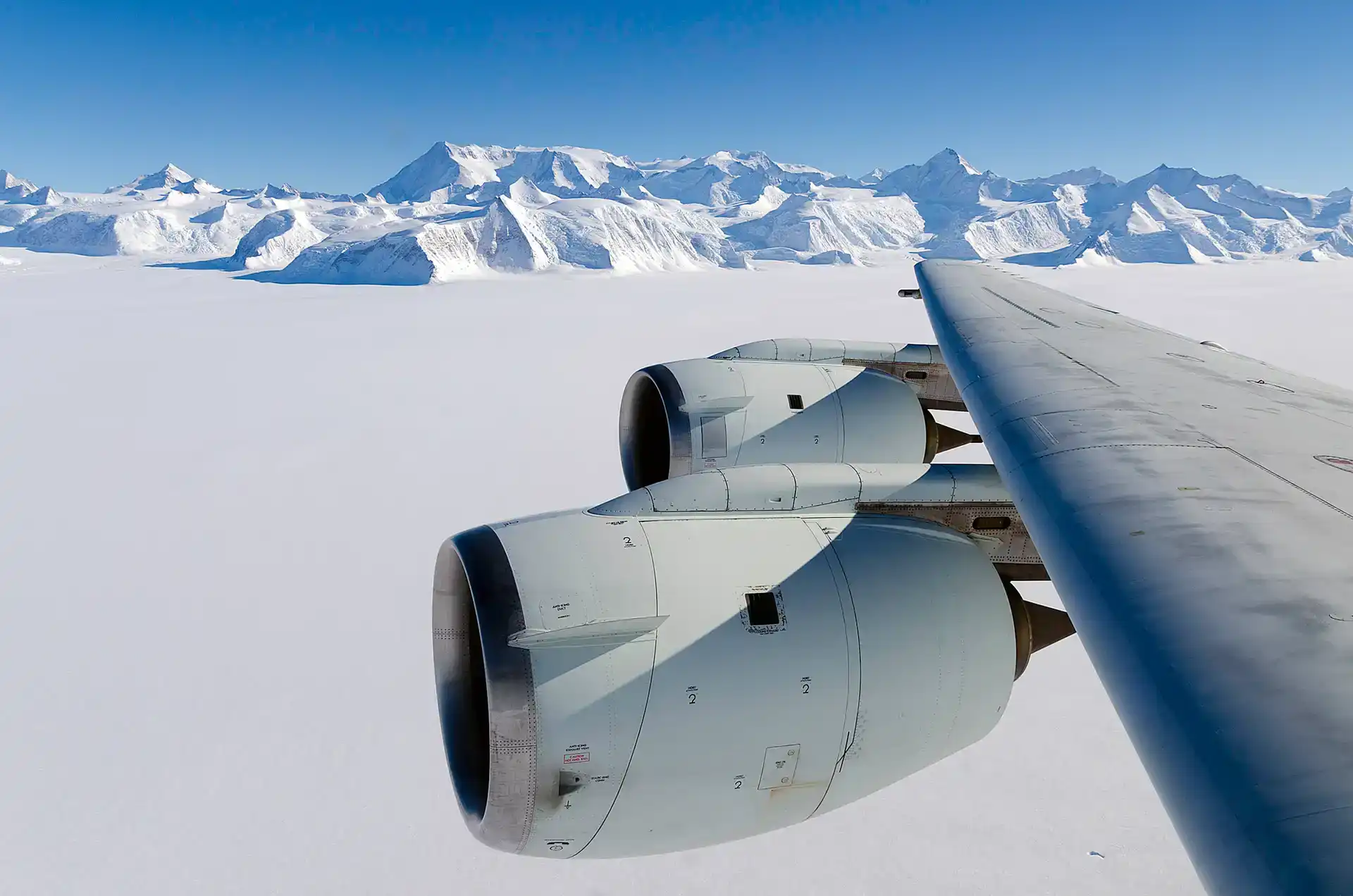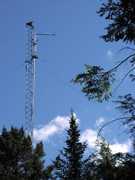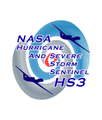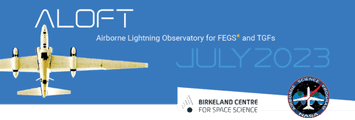The Very Low Frequency (VLF) Receiver is a ground-based receiver used to detect lightning. It detects lightning discharges, called “sferics,” in the 3 to 30 kHz VLF band to determine lightning location. VLF receivers are ideal for long-range lightning detection and can detect lightning strikes up to several thousand kilometers away. VLF receivers are part of the World Wide Lightning Location Network (WWLLN).

Instrument Details
- Magnetic/Electric
- Earth Science > Atmosphere > Atmospheric ElectricityEarth Science > Atmosphere > Atmospheric Electricity > LightningEarth Science > Atmosphere > Weather Events > Lightning
- Land Surface, Troposphere
- N/A
- N/A
- 3-30 kHz
- Currently unavailable
Currently unavailable
Currently unavailable
Currently unavailable
Currently unavailable
Currently unavailable
 Permanent Land Site Stationary 63 Campaigns · 100 Instruments |  Hurricane and Severe Storm Sentinel 2012—2014 Subtropical Atlantic Ocean and Gulf of Mexico 3 Deployments · 15 Data Products
 Airborne Lightning Observatory for FEGS and TGFs 2023 Florida, Gulf of Mexico, Central America, Caribbean Sea 1 Deployment · 5 Data Products
|
Filter data products from this instrument by specific campaigns, platforms, or formats.
CAMPAIGNS
PLATFORMS
FORMATS